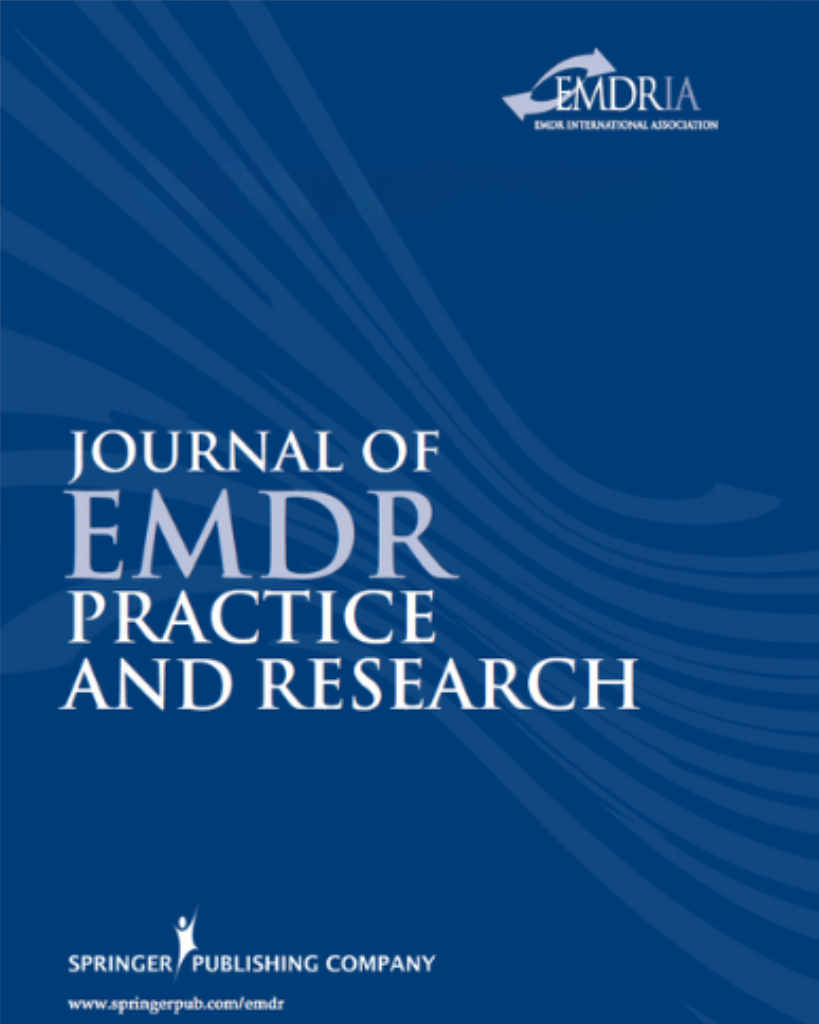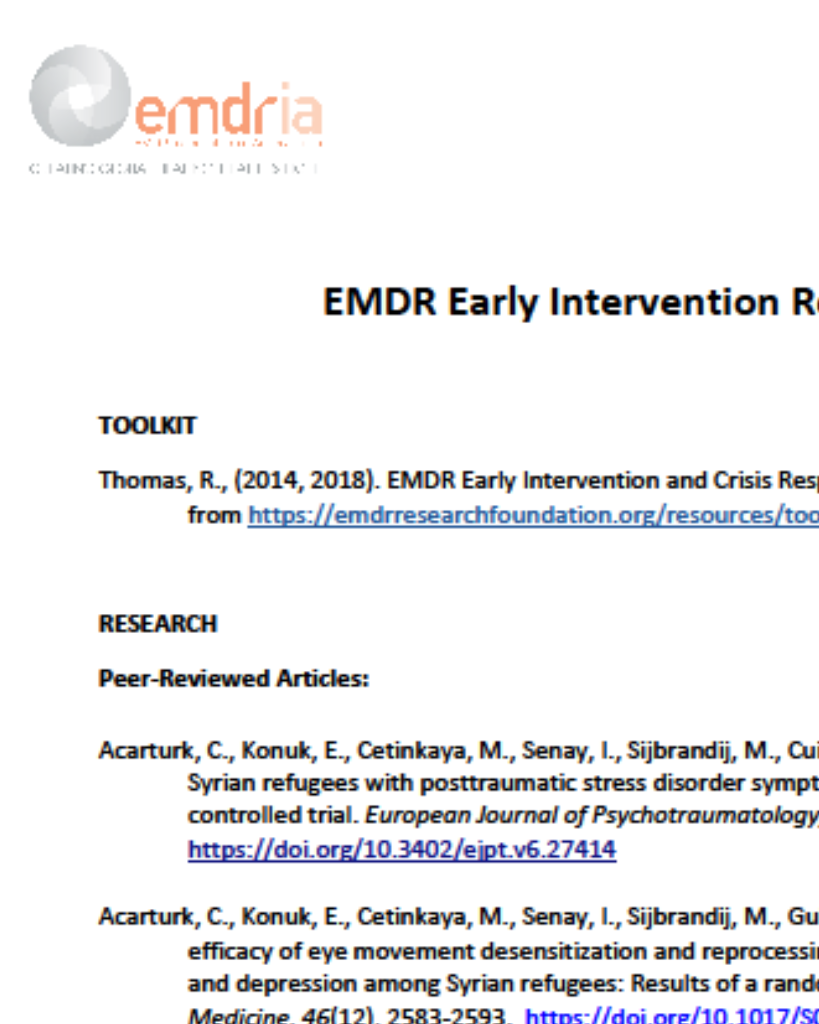EMDR in Dissociative Processes Within the Framework of Personality Disorders: The Impact of Cognitions in the EMDR Process: The “Dialogue Protocol”
Psychodynamic dimension of cognitions in the EMDR protocol, affecting choice of cognitions for clients with personality disorders.
Article Abstract
“A theoretical analysis of the psychodynamic dimension of cognitions in the eye movement desensitization and reprocessing (EMDR) protocol can be beneficial in addressing the specific issues affecting the choice of appropriate cognitions in working with clients with personality disorders. This group of patients share the biographic commonality of emotional-narcissistic abuse and neglect in childhood by primary attachment figures and significant others in their lives. Arising from these experiences, a subtle dissociation (in childhood) can cause the development of parts of self with an emotional and cognitive fixation on a self-image. This is defined by the child’s attachment figures and other significant people, and has subsequently been internalized by the child themselves. In such cases, the actual goal of treatment is not primarily the event on which the EMDR session is initially focused, but rather the complex emotional and cognitive significance that the event has on the client’s self-perception and self-evaluation.”
—Description from publisher
Article Access
Open Access
Egli-Bernd, H. (2011). EMDR in Dissociative Processes Within the Framework of Personality Disorders: The Impact of Cognitions in the EMDR Process: The “Dialogue Protocol”. Journal of EMDR Practice and Research, 5(3), 131–139. https://doi.org/10.1891/1933-3196.5.3.131
This article originally appeared as Egli-Bernd, H. (2009). EMDR bei Dissoziativen Prozessen im Rahmen von Persönlichkeitsstörungen. Zur Bedeutung der Kognitionen im EMDR-Prozess. Das “Dialog-Protokoll.” EMDR Rundbrief Nr. 19, 20–34. Reproduced with permission.
About the Journal
The Journal of EMDR Practice and Research is a peer-reviewed publication devoted to integrative, state-of-the-art papers about Eye Movement Desensitization and Reprocessing. It is a broadly conceived interdisciplinary journal that stimulates and communicates research and theory about EMDR, and their application to clinical practice. The Journal of EMDR Practice and Research is the Official Publication of the EMDR International Association.
Date
September 1, 2011
Creator(s)
Hanna Egli-Bernd
Topics
Attachment, Dissociation, Personality Disorders
Extent
9 pages
Publisher
Springer Publishing Company
Rights
Copyright © 2011 EMDR International Association
APA Citation
Egli-Bernd, H. (2011). EMDR in Dissociative Processes Within the Framework of Personality Disorders: The Impact of Cognitions in the EMDR Process: The “Dialogue Protocol”. Journal of EMDR Practice and Research, 5(3), 131–139. https://doi.org/10.1891/1933-3196.5.3.131
Series
5
Installment
3
Audience
EMDR Therapists
Language
English
Content Type
Peer-Reviewed
Original Source
Journal of EMDR Practice and Research
Access Type
Open Access





